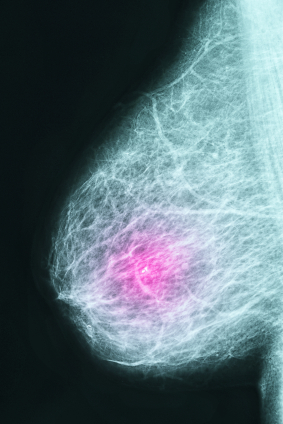The term volvulus is derived from the Latin word volve, which means to twist. A colonic volvulus occurs when a part of the colon twists on its mesentery, resulting in acute, subacute, or chronic colonic obstruction. Volvulus involving the sigmoid colon is the most common, occuring in 75% of cases. Sigmoid volvulus occurs when the last part of the large bowel just before the rectum (named for its “S” shape) twists on its self. It is common in elderly men, but it is likely to occur in anyone with a redundant sigmoid colon.
More than 60-70% of patients present with acute symptoms; the remainder present with subacute or chronic symptoms. A history of chronic constipation is common. The patient may describe previous episodes of abdominal pain, distension, and obstipation suggestive of repeated, subclinical episodes of volvulus. With continued obstruction, nausea and vomiting can occur. The development of constant abdominal pain is ominous. It indicates there may be a closed loop obstruction with significant intraluminal pressure, which can lead to ischemic gangrene and bowel wall perforation.
Abdominal distension is generally massive and characteristically tympanitic over the gas-filled, thin-walled bowel loop. The presence of overlying or rebound tenderness raises the concern of peritonitis due to ischemic or perforated bowel. A patient with a history of acute volvulus episodes that spontaneously resolve can experience marked distention with minimal abdominal pain.
A radiographic film of the abdominal will demonstrate a huge air filled distended bowel frequently in the shape of an inverted “U,” with the convexity of the “U” facing the right upper abdominal quadrant. A barium enema will show dilation in the sigmoid colon due to a twist. A physician may refer to an area of complete obstruction with some twisting as the “bird beak” sign.
CT scans can demonstrate crossing sigmoid transitions, tagged the X-marks-the-spot sign, and folding of the sigmoid wall by partial twisting, called the split-wall sign. However, the most sensitive finding on CT is a sigmoid colon transition point, which is seen in 95% of scans, and a disproportionate enlargement of the sigmoid colon, noted in 86% of cases.
Colonoscopy or flexible sigmoidoscopy could be done to both confirm the diagnosis as well as attempt to treat the obstruction. Barium enemas can also reduce the obstruction when the pressure of the fluid rushing into the bowel unwinds it.
For treatment, the first step is to free the acute obstruction, and then to fix the redundant part of the bowel to prevent reoccurrence. In up to 90% of patients with sigmoid volvulus, the condition recurs after untwisting with methods as noted above. For this reason, anyone with a sigmoid volvulus needs to undergo an operation during the same admission to either remove or fix down the excessive bowel length.
Once the diagnosis of sigmoid volvulus is confirmed, treatment must be immediate. A delay in treatment represents a greater likelihood of bowel wall death and gangrene. Up to 80% of people with this condition die from gangrene if intervention is delayed. In the event this diagnosis is missed and bodily injury results, the treating health care provider is at risk of a medical malpractice lawsuit.





